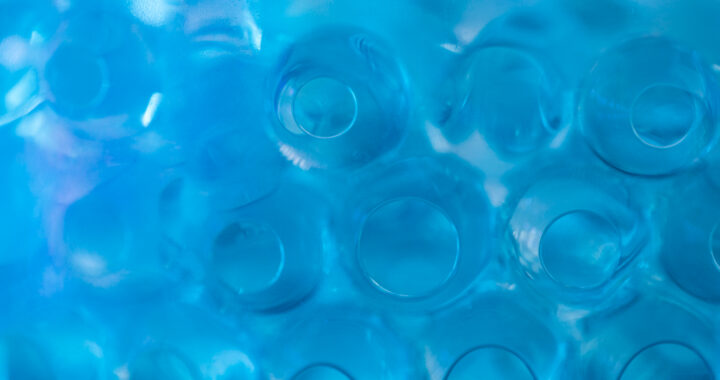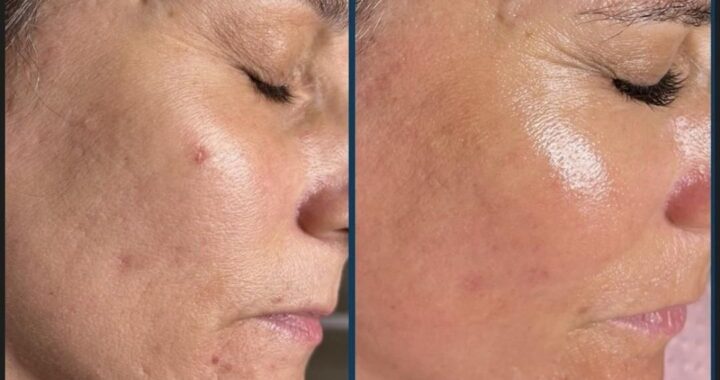As we navigate through different stages of life, our bodies undergo various changes, some of which can lead to increased inflammation and accelerated aging. Understanding how these processes work and how to mitigate their effects can help us live healthier, more vibrant lives. In this edition of our newsletter, we’ll explore the connection between inflammation […]
Continue readingCategory Archives: Health Blog
Supporting Your Adrenal Health
What Are Adrenals and How Can We Support Them? Welcome to our monthly newsletter! This edition focuses on understanding the adrenal glands and exploring natural ways to support their function. Understanding Adrenal Function: The adrenal glands are small, but mighty, organs located on top of each kidney. They play a crucial role in producing hormones […]
Continue readingEnergize Your Life With Light Therapy and Glutathione
Shining Bright this Spring! Are you seeking a natural way to increase your energy levels and enhance your overall well-being? Look no further than the transformative powers of light therapy and the remarkable benefits of glutathione. At Lake Oswego Health Center, we are excited to introduce you to these cutting-edge therapies that can revitalize your […]
Continue readingBLOOD TESTING
LAB RESULTS AND FUNCTIONAL LAB ANALYSIS Interpreting Lab Results Laboratory reference ranges can vary from company to company. You may have had labs that were always within normal limits (WNL) but now flagged high (H). This can easily happen if you go to a clinic that only uses one lab company and then get a […]
Continue readingEMPOWER YOUR HORMONE HEALTH
Embark on a journey of self-discovery as we unravel the intricacies of male and female hormones, navigate the phases of menopause and andropause, and understand how testosterone influences each gender. Let’s delve into the basics with clarity and simplicity, empowering you with knowledge for a healthier life. THE COORDINATION OF HORMONES Male and female hormones, […]
Continue readingUnlocking the Potential of Methylene Blue for Enhanced Well-being
Today, we want to shed light on an intriguing substance known as methylene blue and its remarkable benefits, particularly in the realm of neurological health. WHAT IS METHYLENE BLUE? Methylene blue is a widely known medication that has fascinated scientists and healthcare professionals because of its significant effects on tiny energy factories in our cells […]
Continue readingEmbrace Winter Wellness
Stay cozy and healthy this winter with expert tips from Lake Oswego Health Center! The cold months are coming fast, and with them comes the temptation to hibernate indoors. But don’t let the winter chill keep you from getting your physical activity! There are plenty of ways to stay active and enjoy the season, whether […]
Continue readingPep Up Your New Year with Peptides!
Happy New Year! Welcome to our latest edition of LOHC’s Wellness Insights, where we bring you exciting news about cutting-edge developments that could positively impact your health journey. Today, we’re thrilled to introduce you to three incredible peptides – DNF-10, Sermorelin, and BPC-157 – each with unique benefits that might just be the missing piece in your wellness puzzle. DNF-10 Your […]
Continue readingDecember is all about skin care!
Shhhhhh. . . it’s a secret! But does it have to be? The winter season can be incredibly harsh on our skin. With the dry, cold weather upon us, it isn’t uncommon to experience changes to our skins coloring, moisture, or texture. Our team of health care providers at LOHC have provided you all with some tips […]
Continue readingFall-elujah!!!
The autumn months are upon us! Take care of yourself this season by implementing some tips and tricks provided by our care team here at Lake Oswego Health Center! When the winter chill kicks in, our immune systems can weaken. Taking extra care of ourselves is crucial to ensuring we remain full of festive cheer! […]
Continue reading









